Camping in Mexico: How Safe Is It?
With last May's horrific instance of violence still on people's minds, it's fair for travelers to wonder whether camping in Mexico is a good idea. Former drug war correspondent Joe Furey shares his tips on places to avoid, and camping spots he still recommends.
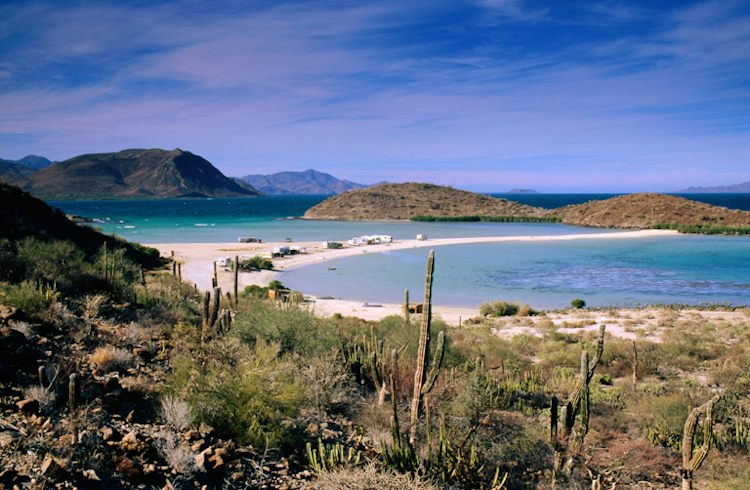 Photo © John Elk
Photo © John Elk
Travelers to Mexico were shocked by the news of three surfers (two Australians and one American) being found, killed and their bodies dumped, in Ensenada, Baja California, in May 2024. They were shot after refusing to surrender their truck to thieves thought to have a connection to organized crime.
Understandably, this has raised specific concerns about the security of surf spots along the Pacific coast of Mexico and the safety of campers generally. I have toured most of Mexico in a variety of vehicles, and I have always camped where there has been wilderness to explore. So, it’s with this in mind that I have researched the state of camping in Mexico right now.
- Is it safe to camp in Mexico?
- What about free camping?
- General safety tips for camping in Mexico
- Best places to camp in Mexico
Is it safe to camp in Mexico?
We all know there is danger, but it’s not spread evenly throughout the country. Cartel violence bedevils a lot of states. The worst affected, from a tourist perspective, are those whose territory – from supply lines to manufacturing centres – is being contested in headline-grabbing fashion. These are states at war, effectively.
However, cartel-run states, like Sinaloa, where the war has been won within its own boundaries, at least for now, are relatively stable. The better organized the crime, the more diversified the ruling cartel’s business interests, and some cartels have invested heavily in tourism. They would rather not throw a cash cow on the barbecue.
As of now, I wouldn’t support camping in Jalisco, where the Jalisco New Generation Cartel (CJNG) is rapidly expanding; Michoacán, due to frequent clashes between La Familia Michoacana and CJNG; Zacatecas and southern Guanajuato, which the CJNG has moved in on; Chihuahua, where the Juárez Cartel is still fighting for control of one Mexico’s most lucrative smuggling corridors (the Copper Canyon is safer, yet still precarious); and Tamaulipas, which the Gulf and Northeast Cartels have turned into a shooting gallery.
If you want to check for yourself where turf wars are being fought to ugly outcomes, Brilliant Maps and the Bureau of Consular Affairs’ Mexico Travel Advisory are valuable resources.
If you don’t keep track of the news, and cartel movements aren’t a professional consideration to you, as they are to me, you can judge the safety of an area by the number of campers using it. Though strict security protocols – fenced perimeters, 24-hour surveillance – may suggest a fortress to keep out invaders, they are standard nowadays. Such campgrounds are usually privately run, and their services and amenities excellent, but they don’t come cheap and they tend to be crowded.
In more rural areas, the protocols are relaxed, the amenities basic and the sites less thronged, though many are in tourist areas of great natural beauty. They are typically run by small communities – ejidos – and, as they are a major source of income, protected as best as the community can manage.
What about free camping?
It is strictly unrecommended, unless you’ve asked a local – preferably one who’s known to you – for advice, or a landowner for permission. As part of your preparations for travel, join an online camping community for tips and to befriend people on the ground. The main issue with free camping is your exposure to opportunist thieves and the possibility of trespassing on private land. You do not want to cap off your adventures with a hunting rifle in your face.
The other issue is isolation. Scenic often means remote, so should an accident befall you – a fall, some vehicular trouble, a snake bite – you may not have cellular coverage and then not happen across another human being for days. If you must free camp, seek out those places where it’s popular, such as Yucatan, Campeche, Hidalgo, Nayarit, and Baja California Sur, but be aware that you’d be one of many presumably wealthier-than-the-average-Mexican tourists, and not getting robbed is a numbers game.
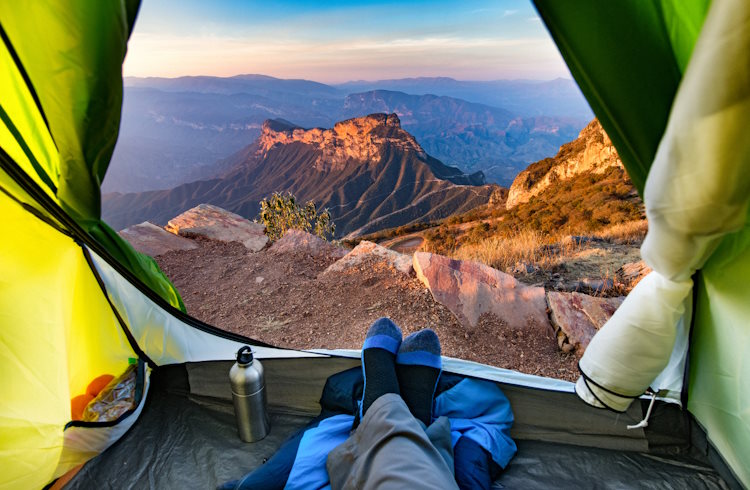
General safety tips for camping in Mexico
- Prepare to camp under any conditions. Assuming you’ve done your research and got all the necessary permissions, remember that Mexican weather can be unpredictable, and camp with this in mind – tropical storms and shifting topography can throw surprises at the most seasoned of campers.
- Don’t travel when you might be the only car on the road – early in the morning or late at night.
- Keep your emergency/first-aid kit portably light so you’re not tempted to leave it in your vehicle if you intend to go hiking – that’s when you’ll need it most.
- Keep your travel documents in a safe, dry place.
- Adhere to local regulations and respect local customs.
Best places to camp in Mexico
Having pointed out the dangers at length, let us end this article on a happy note. Or series of notes. There are plenty of camping destinations that are settled (I prefer that word to “safe”), have space for RVs and campers and a lot to recommend them besides.
Bahía Concepción, in Baja California Sur, has warm welcomes, sandy coves, the blue-green waters of the Sea of Cortez, little or no surrounding development, and you can even snorkel with whale sharks there – and don’t worry, they feed on plankton, not tourists.
Valle de Bravo, a pueblo mágico in the State of Mexico, set among thickly wooded, mist-cloaked hills, is almost impossibly charming; and there’s splendid camping to be had there, by its lake. A favorite with the capital’s well-heeled, Valle, as it’s known locally, has a range of campsites to meet most budgets, and their safety is all but assured. While away your time boating, paragliding, and horseback riding.
Now, you can’t camp within the strikingly beautiful Sumidero Canyon National Park, in Chiapas, which is home to the endangered spider monkey, jaguarundi, ocelot, lowland paca, and river crocodile, but you can bed down at Chiapa de Corzo, where you can book tours of the canyon, which is well patrolled by park rangers.
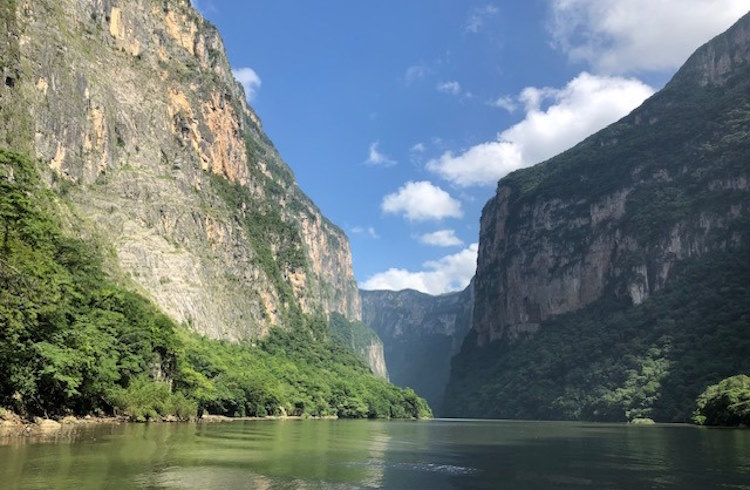
If we’re going down the wholly statistical route, Yucatan, Campeche, and Tlaxcala are also among Mexico’s safest states, as is Querétaro, whose Sierra Gorda biosphere reserve is simply begging to be camped, though it has serious competition in the waterfalls, rivers, and caves of La Huasteca Potosina, a diamond of many carats in the crown of San Luis Potosí.
Related articles
Simple and flexible travel insurance
You can buy at home or while traveling, and claim online from anywhere in the world. With 150+ adventure activities covered and 24/7 emergency assistance.
Get a quote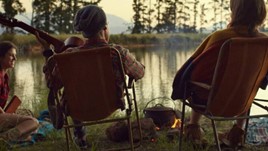
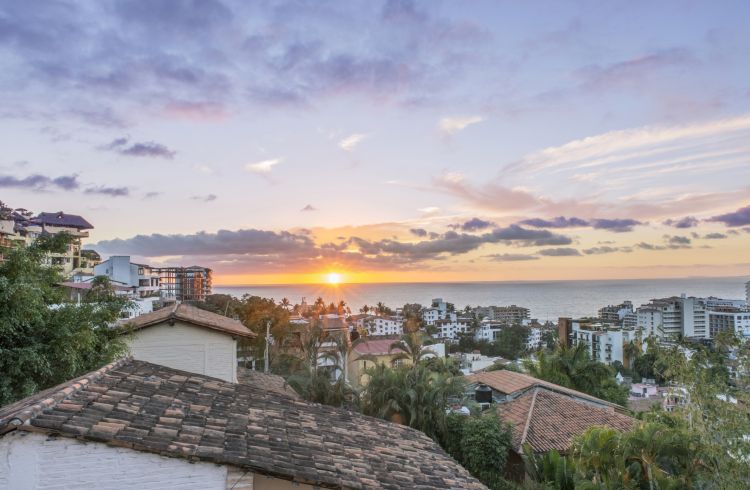
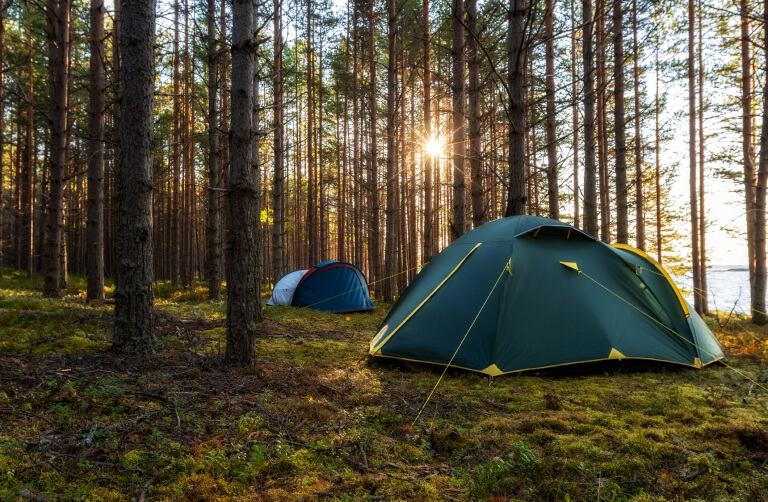
No Comments